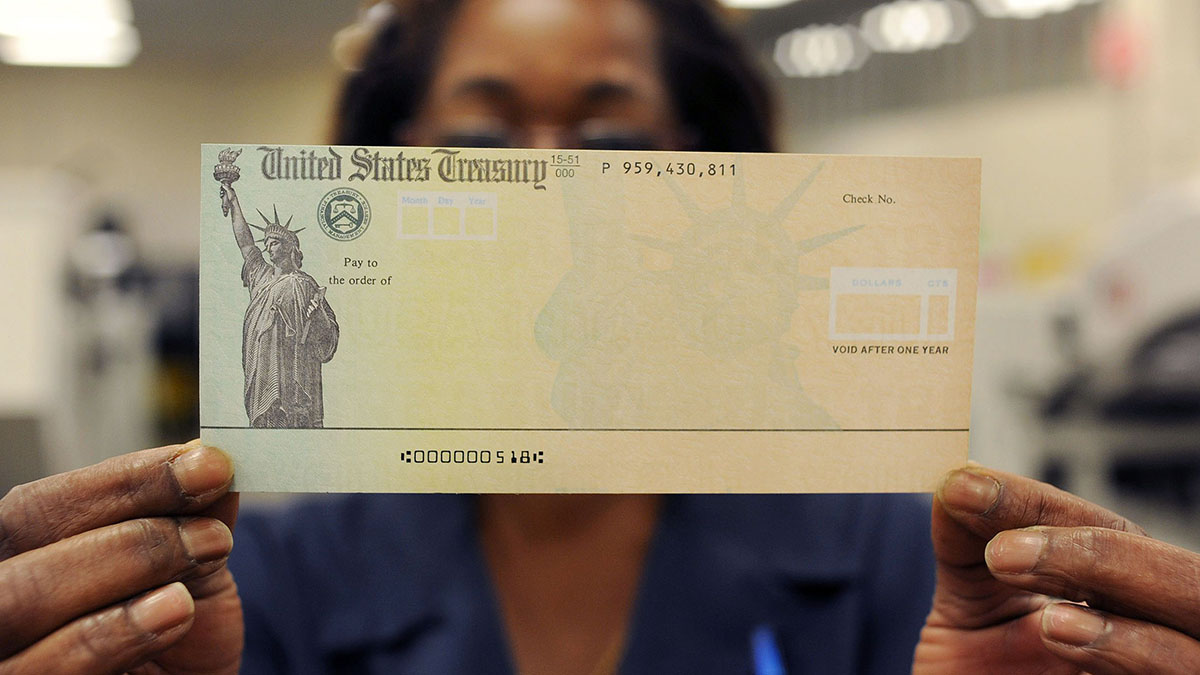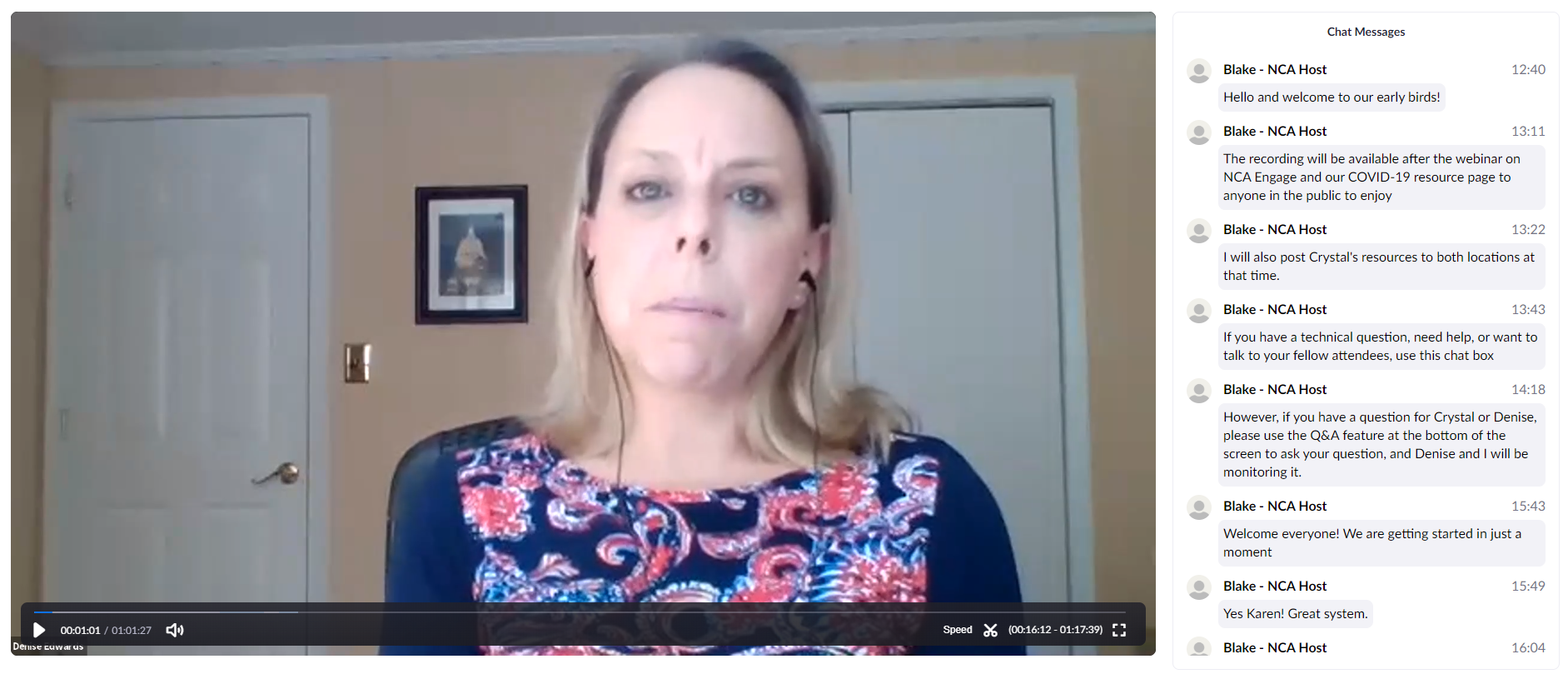
COVID-19 Financial Relief Guidance for CACs
Updated April 10, 2020
The novel coronavirus outbreak causing the deadly respiratory illness COVID-19 not only impacts the communities, families, and children served by the nation's Children's Advocacy Centers (CACs) in terms of safety—it also threatens the financial viability of many of the funding sources CACs rely on to offer these critical services. Here, NCA offers some guidance to CACs on relief programs and other ways to weather the pandemic and preserve their operations, workforce, and services.

Relief Programs to Help CACs during COVID-19
The recent stimulus package created the Payment Protection Program, a new program that provides small businesses and nonprofits—like many CACs and Chapters—access to resources to pay staff and operating costs for two months. We held a webinar and distributed resources, now collected here, on how this program applies to CACs and Chapters and how they can access these dollars.
Video: Fueling CACs Through The Paycheck Protection Program — April 6, 2020
See a recording of our rapid-response webinar where NCA government affairs and finance experts offered guidance on the new Paycheck Protection Program (PPP) and how CACs and Chapters might use its provisions to protect their assets and continue operations when many funding streams may take a hit.

Watch the webinar recording of "Fueling CACs through the Paycheck Protection Program"
PPP and Other Program Application Resources
Coronavirus Aid, Relief, and Economic Security (CARES) Act & Paycheck Protection Program
The programs and initiatives in the CARES Act are intended to assist business owners and nonprofits through the Small Business Administration, as well as some additional tax provisions outside the scope of the SBA. Provisions in the act created the Paycheck Protection Program (PPP) which was discussed in detail on the video above. Applications for any program below will require good record keeping. The following documents are available for your guidance:
U.S. Treasury PPP Borrower Information Fact Sheet – This contains very useful information in a Q&A format.
PPP Borrower Application Form – This form must be completed in its entirety. Please do not leave any checkbox unanswered. If you need rent (or mortgage interest) and utilities, then you must check these boxes as well as payroll. As the Executive Director or CEO of the NPO, you can sign the form on behalf of your organization.
Sample Bank Supporting Documentation #1
Sample Bank Supporting Documentation #2
Sample #1 and Sample #2 are two different examples of what banks are looking for in terms of the supporting documentation for the loan. Keep in mind, other than the standard application form above, the banks each have their own set of rules in terms of what documentation they want.
Families First Coronavirus Response Act (FFCRA)
The Families First Coronavirus Response Act (FFCRA) has two parts: The Emergency Paid Sick Leave Act (EPSLA) and the Emergency Family and Medical Leave Expansion Act (EFMLEA). These two leave provisions are effective April 1, 2020 through December 31, 2020. They are not to be retroactively applied. The FFCRA applies to private employers with up to 500 employees (includes full and part time, employees on leave and temporary/seasonal employees, but excludes independent contractors). These two leave provisions are mandatory (with minor exceptions) and payroll tax credits will cover 100% of the employers’ costs of these leaves.
FFCRA Poster for Non-Federal Employees – These laws are effective as of April 1, and this poster/flyer must be emailed to all current employees working remotely and/or hung up in your office.
(NOTE: The FFCRA is complex and complicated, so this information just covers the highlights. Guidelines for the reporting on this program are still being developed.)
| Access Date | Quiz Result | Score | Actions |
|---|
